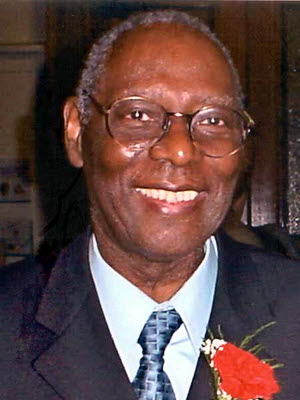 Two judges, a state lottery sales representative, a former mayor, a former vice mayor, and a state representative all lost their father recently. William L. Mallory, Sr., died on December 10. The one time high school dropout had an extremely successful career in politics and was obviously pretty good at parenting, too. I met him once.
Two judges, a state lottery sales representative, a former mayor, a former vice mayor, and a state representative all lost their father recently. William L. Mallory, Sr., died on December 10. The one time high school dropout had an extremely successful career in politics and was obviously pretty good at parenting, too. I met him once.
It was Reds Opening Day in 2004. It was also my birthday. As is my habit, I headed downtown for the parade. My friend John came down later to meet me and go to the game. I don’t remember much about the game but know that the Reds lost it to the Chicago Cubs. Afterwards, we found ourselves in La Normandie, the classy but easy going tavern and restaurant beneath the perennial 5-star Maisonette.
We sat at the bar and before long were engaged in conversation with a well dressed fellow sitting just around the bar’s corner. That fellow was, of course, William Mallory. John had met him once at a fundraiser but I had no idea who he was. Even after learning his name and realizing or being told that he had been a state representative, I was ignorant of the full stature of the man I was talking with. I did not and, perhaps to my shame, still do not, follow state politics very closely. Even if I connected the name with the Ohio congress without being told (which may not be the case) that was the extent of my recognition. I see that as a good thing. While it is unlikely that knowing I was chatting with Ohio’s longest serving House of Representatives Majority Leader and the first African-American to hold that position would have turned me into an overawed blatherer, it probably would have made things a lot less natural and casual.
Although I’m not sure it was our intent when we entered, at some point John decided he should buy me dinner for my birthday and I thought that a fine idea. He asked Mr. Mallory to join us and the former congressman graciously accepted. The three of us moved to a booth.
I recall nothing specific about our conversation. I do recall that it was friendly and easy flowing. If there was anything at all political in the conversation, it was light. I’m sure we talked about the Reds and we probably talked about some current events and our families and jobs. We neither solved problems nor created any. High-caliber small-talk seems a pretty good description. I can’t recall whether Mr. Mallory had walked downtown or ridden a Metro bus. It could easily have been either. I would later learn that, as co-chairman of the Citizen’s Transportation Committee, he had been instrumental in the formation of the publicly owned Metro. He accepted our offer of a ride home and, possibly because mine was the closer of our two cars, I was chosen as “chauffeur”. We chatted easily as we walked to my car. The red Corvette convertible I was driving was not the most dignified of vehicles but it did not bother the congressman in the slightest. He settled into the seat and directed me to his home with easy to follow instructions. Once there, he thanked me and headed into the house.
It was the next morning before the internet let me know just who it was that John had bought dinner for and I had driven home. A newspaper article announcing his death and a 2008 Greatest Living Cincinnatians citation contain what are no doubt incomplete lists of his accomplishments and awards. A wonderful StoryCore interview is here. Southwest Ohio lost a great and caring man this month but he left behind a generation of Mallorys well prepared to at least try filling the gap. The memory of that nearly ten year old meeting is one that I am truly fond of and thankful for.
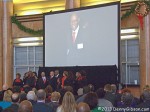 In addition to an earlier private service for the family, a public Celebration of Life took place in the rotunda of Union Terminal (a.k.a. Cincinnati Museum Center) on Sunday, December 22. A report of the celebration is here. This building and Mr. Mallory were very important to each other. It was a prominent landmark in the west end neighborhood of his youth and a place where he worked shining shoes and busing tables among other things. When demolition threatened in the 1980s, he played a key role in securing state funding that helped enable the conversion to the museum center and actually delivered the multi-million dollar check to the museum himself. “I often reflect on a shoe shine boy becoming the delivery man for $8 million”, he has said. That’s just one of many things about William L. Mallory, Sr., that’s worth reflecting on.
In addition to an earlier private service for the family, a public Celebration of Life took place in the rotunda of Union Terminal (a.k.a. Cincinnati Museum Center) on Sunday, December 22. A report of the celebration is here. This building and Mr. Mallory were very important to each other. It was a prominent landmark in the west end neighborhood of his youth and a place where he worked shining shoes and busing tables among other things. When demolition threatened in the 1980s, he played a key role in securing state funding that helped enable the conversion to the museum center and actually delivered the multi-million dollar check to the museum himself. “I often reflect on a shoe shine boy becoming the delivery man for $8 million”, he has said. That’s just one of many things about William L. Mallory, Sr., that’s worth reflecting on.

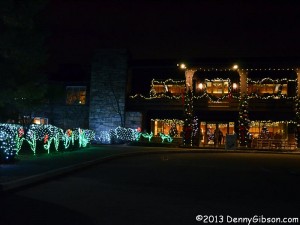
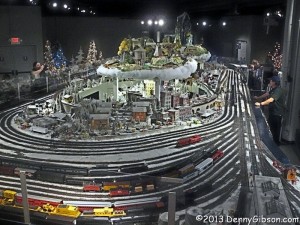

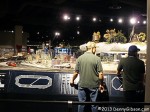
 3. Boar’s Head Festival – 1940
3. Boar’s Head Festival – 1940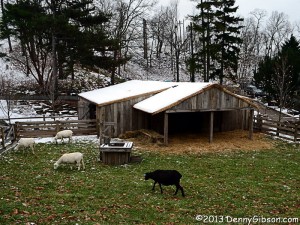
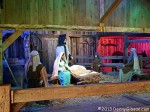
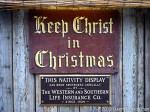



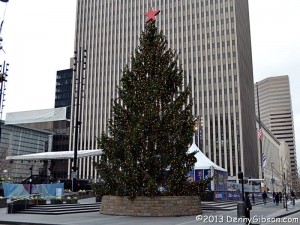

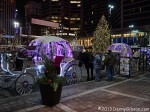
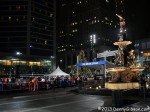
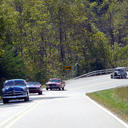
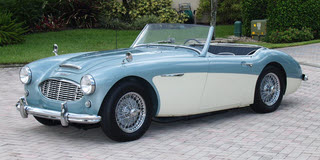 Why in the world would a couple of newly weds buy a ten year old British sports car in the middle of winter? I am, at present, as baffled as anyone though I apparently once knew the answer to that question. A month or so after our 1966 Boxing Day wedding, my bride and I purchased a 1957 Austin-Healey 100-6. The one pictured is a 1958 model but looks pretty much like our ’57. This was not a play car to park next to a dependable sedan. This was our only car.
Why in the world would a couple of newly weds buy a ten year old British sports car in the middle of winter? I am, at present, as baffled as anyone though I apparently once knew the answer to that question. A month or so after our 1966 Boxing Day wedding, my bride and I purchased a 1957 Austin-Healey 100-6. The one pictured is a 1958 model but looks pretty much like our ’57. This was not a play car to park next to a dependable sedan. This was our only car.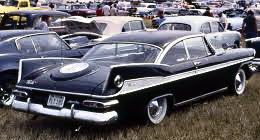 The 1959 Plymouth Fury at left is a dead ringer for the one I passed up to get the Austin-Healey. A rather spiffy ride, don’t you think? On one snowy night, my new wife and I were out with a friend in my borrowed car. The snow was not deep but the big Plymouth was not doing well on the slick streets. At one point, as we attempted to climb a slight incline, the friend and I got out to push while my wife took over driving. It did not take much to get the car moving but stopping to let us back in would have left the car stuck once again. Instead, my friend and I each grabbed a fin and “skied” alongside the Plymouth to the top of the hill.
The 1959 Plymouth Fury at left is a dead ringer for the one I passed up to get the Austin-Healey. A rather spiffy ride, don’t you think? On one snowy night, my new wife and I were out with a friend in my borrowed car. The snow was not deep but the big Plymouth was not doing well on the slick streets. At one point, as we attempted to climb a slight incline, the friend and I got out to push while my wife took over driving. It did not take much to get the car moving but stopping to let us back in would have left the car stuck once again. Instead, my friend and I each grabbed a fin and “skied” alongside the Plymouth to the top of the hill. I am a fan of RSS. I subscribe to a number of feeds and I publish a few. I even know what the acronym stands for. Maybe. Unfortunately, the words behind the letters have changed over the years so that discussing the acronym is more involved than discussing either the concept or its application. If you already know — or don’t care — about RSS, feel free to skip to the sentence in bold. If you want to know even more than I am about to tell, go
I am a fan of RSS. I subscribe to a number of feeds and I publish a few. I even know what the acronym stands for. Maybe. Unfortunately, the words behind the letters have changed over the years so that discussing the acronym is more involved than discussing either the concept or its application. If you already know — or don’t care — about RSS, feel free to skip to the sentence in bold. If you want to know even more than I am about to tell, go